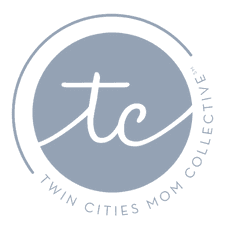
It’s second nature for parents to focus on reading at home with their early learner. We all know the benefits of dedicating time and space to help children develop good reading skills and a lifetime habit of reading for pleasure. It’s also an enjoyable way for parents to connect with their children and be a true partner in their education.
When it comes to science education at home, my advice for parents is to approach it with the same mindset and similar goals as their reading time. I am not suggesting that parents set aside dedicated time and space every day for science, but I do encourage them to be aware of ways to promote scientific thinking with their young learner.
In my role at Blake as science department chair for grades PreK through 12, I help our science faculty and classroom teachers develop curriculum that is developmentally appropriate for learners of many ages. Our aim for our Lower School science curriculum is not about content or memorization. Instead, we want to make sure our youngest students are building the skills of observation, identification and connecting ideas. In short, we don’t want to teach them what to know, we want to teach them how to know.
Focusing on how we know things is the same approach parents can take at home. I offer the following tips and guidelines for parents, especially those who feel like they might be on shaky ground in their scientific knowledge and experience.
Questions of wonder
While all parents read, most don’t “do science” as part of their daily routine at home or at work. Don’t let that stand in the way of helping your child become a scientific thinker. Parents can engage their children in science at home by encouraging them to ask questions — to wonder. “Why are those clouds dark?” or “I wonder why there are no leaves on that tree?” You can encourage this pattern of questioning by modeling it while out on a walk or driving to and from the store. “Do you wonder how windmills work?… Do you wonder why it’s snowing?…” You don’t need to know the answers to ask these questions. But be prepared to help your child discover the answers.
Encourage your child to look up and outward
Children these days, even those too young for a cell phone, spend a lot of their time looking down, mostly at screens. When not looking down, they naturally focus on what and who is nearest to them: parents, siblings, friends and the physical space that surrounds them. It may seem too simple to be effective, but gentle and persistent reminders to children to “look up” can spark curiosity about the world beyond their immediate surroundings. This is especially important if you are outside with your child. “What do you see? What do you hear? What’s that smell?” are great ways to start a scientific conversation.
Invest in a science tool kit
Most parents have an at-home library of books for children, and the same should be true for science. Showing your child that you care about science and scientific discovery will go a long way to spark inquiry. This is a great opportunity to double-up on skills by considering books on science and the environment. These resources are great ways for children to develop reading skills and science skills. A small drawer or box dedicated to kid-science can include a mini magnifying glass, a measuring device such as a plastic ruler, a notebook for observations and small specimen containers. Using a device to take photos is a great way for them to engage in the senses used for observation. You don’t need to spend a lot of money to be successful. I promise that your child will take pride in owning a science tool kit, and they will see you as an advocate for science.
Partner with teachers
Asking your own questions about doing science at home is a great opportunity to reach out to your child’s teacher. If you have a specific question you cannot answer, wonder whether a topic has been covered in class, or want tips on how to supplement classroom work at your kitchen table, you’re in a great position to partner with teachers. These connections also give teachers helpful insights into the interests and curiosities of their students.
Every child is a scientist
I’d like to conclude my tips with a reminder that every child is a scientist. Some children give up on science at an early age because concepts can be abstract. Things children cannot actually see (i.e., energy, atomic particles, the solar system) can feel difficult for young learners and lead some to declare they are “not good at science.” Parents should emphatically counter that assertion by pointing out the many ways their children “do science” every day. These examples include building with blocks (engineering), weighing out ingredients for cooking and baking (measuring), looking outside to predict the weather (meteorology). Everyone is a scientist, and children need to be reminded of that!
About The Author
Maren Anderson is Blake’s PK-12 Science Department Chair. She previously taught science and served as Director of Experiential Education at Drew School in San Francisco, performs research on humpback whales with Cetos Research Organization as a research scientist, writes curriculum for Ocean First Education, and serves as a consultant for the US government in marine resources.
About The Blake School
The Blake School is a Pre-K through 12 independent school with three campus locations in Hopkins, Minneapolis and Wayzata. For information about our early childhood education program see www.blakeschool.org or talk with teachers, parents, students and staff at an upcoming Discover Blake event. First round applications are due February 15, 2021.



